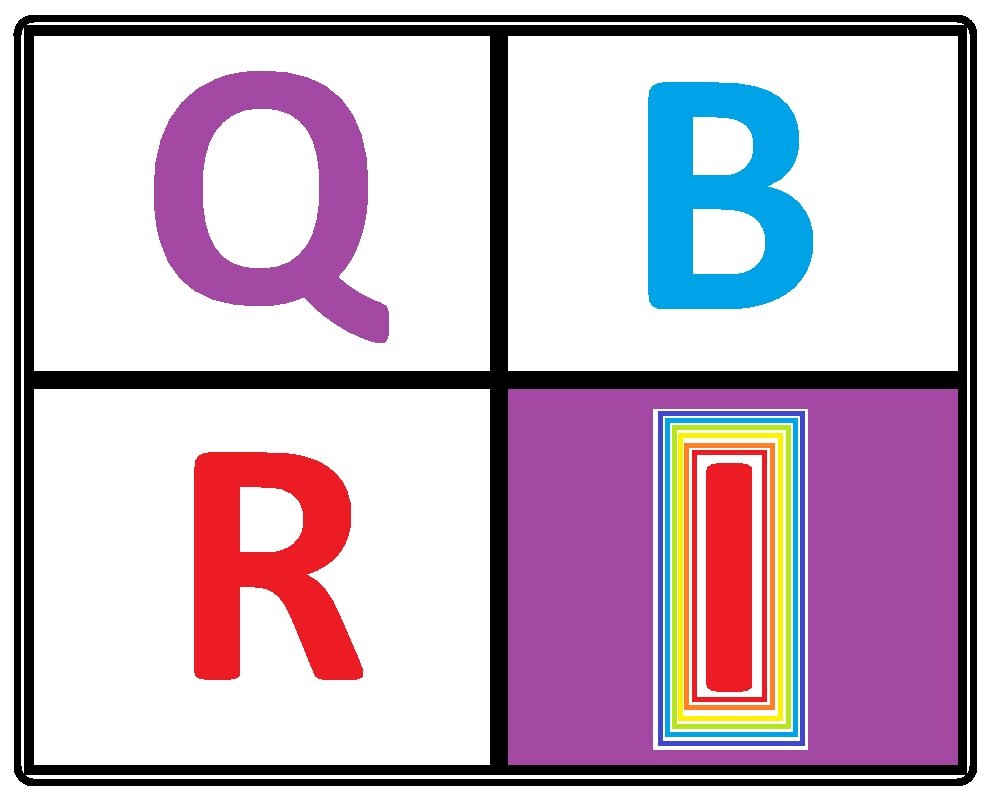The origin of mass
A photon has no mass and no charge. But matter made from light (photons) has both mass and charge. How do we add both mass and charge to light.
Through quantum tunnelling and entanglement processes. The 2 by 2 model converted into 3 by 1 geometry. Each line represents a Planck length 1.6E-35 meter.
From mirror symmetry to asymmetry is proposed to generate mass and charge.
From the singularity a geometric inversion occurs resulting in the creation of three quarks and one electron or three quarks and one positron.
Mass and charge are generated through the motion of the light.
Entanglement occurs between the quark and electron
Mass forms and is associated with the inner singularity within the atom
c^3 = 2.6944E+25 m and 1/c^3 = 3.7114E-26 m
v^3 = 2.6748E+28 m 1/v^3 = 3.7386E-29 m
The slope of the line is 4.8E-27 m and the inverse 2.08E+26 m
Note: This is bigger than c^3 but smaller than v^3.
The n=1 orbital layer of hydrogen is 5.7E+27 / 6.25E+25 = 91.2 nm
The distance from the singularity corresponds to the mass of the fundamental particle.
This provides context for the masses of the Tau and muon and electron.
Mass is a measure of energy content. It is the light contained within the atom.
It is a property of the geometry and its functional relationship with the singularity.
You are weighing the gluon fields between the quarks. This is the gravitational energy as gravity is inverted in the gluon field between the quarks.








